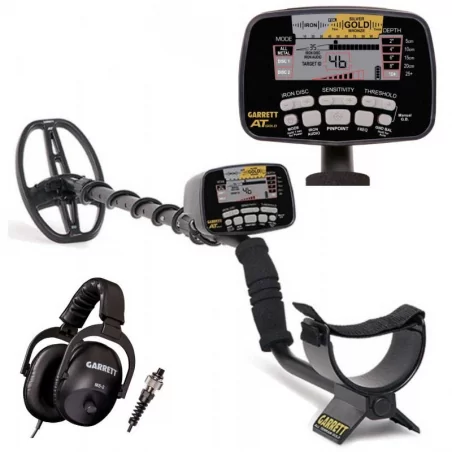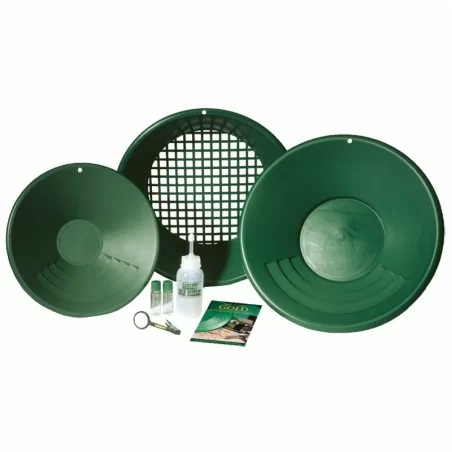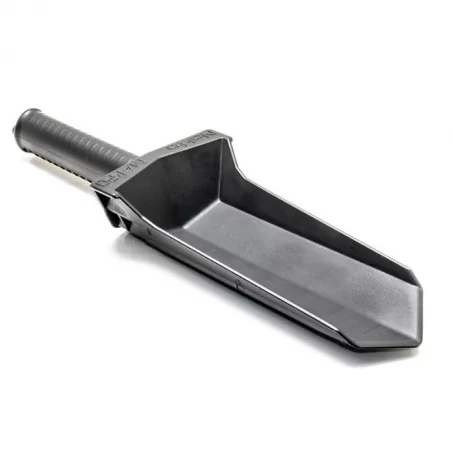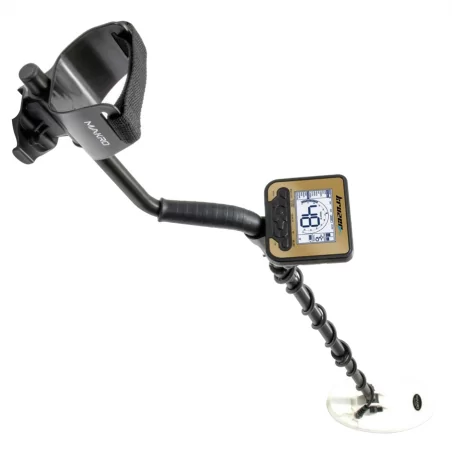The search for raw gold around the world has a long history spanning different eras and cultures, with interest in such practices dating back to ancient times. In ancient civilizations like the Egyptians, Romans, and Greeks, the extraction of gold from river sands using beaters and sieves was practiced skillfully to stir and sift through sediments in search of raw gold nuggets.
Essentially, gold prospecting primarily involved washing river sands and sieving them to separate the heavier gold fragments from the sand, a technique akin to the ancestral method of current gold panning. In later eras, with advancements in technology, humans developed much more sophisticated techniques for recovering raw gold, such as the use of water mills, later evolved into steam-powered mills.
However, when discussing this practice, the collective imagination often focuses on the American period known as the "Gold Rush", the most iconic in history: towards the second half of the 19th century in the USA, specifically in California and Alaska, where thousands of prospectors, known as "forty-niners" (named in honor of the adventurous and pioneering spirit of the men who participated in the California Gold Rush in 1849), flocked to the country in search of fortune.
Unfortunately, the vast majority of them didn't even come close to finding it.
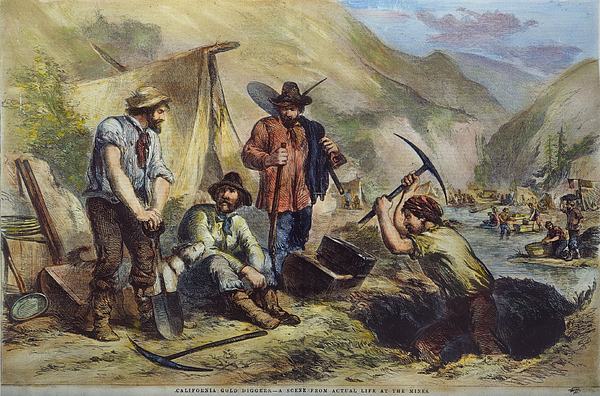
Since then, everything has profoundly changed, and nowadays gold extraction (in the USA as well as worldwide) is an industrial process controlled by various large companies, disregarding the environmental impact such widespread practices cause on the planet. However, ordinary people remain, enthusiasts of gold panning and metal detecting, also known as gold prospectors, who engage in exploration along rivers and gold-bearing areas, hoping to find some nuggets or flecks of the precious metal.
But let's jump to Italy and learn more about gold prospecting in our country
Although on a much smaller scale compared to other countries, Italy has a millennia-old history in gold extraction. As mentioned above, the Romans were skilled extractors of the precious metal. In Italy, there are gold-bearing areas where groups of enthusiasts and amateurs still engage in this practice today.
Essentially, the gold prospector of ancient times has evolved significantly. Today, they are armed with gold metal detectors and gold panning sieves, lightweight digging equipment, and appropriate technical clothing. But not only that, modern gold prospectors know the most profitable places to go, respect the laws, and enjoy this activity while also nurturing the hope of getting rich.
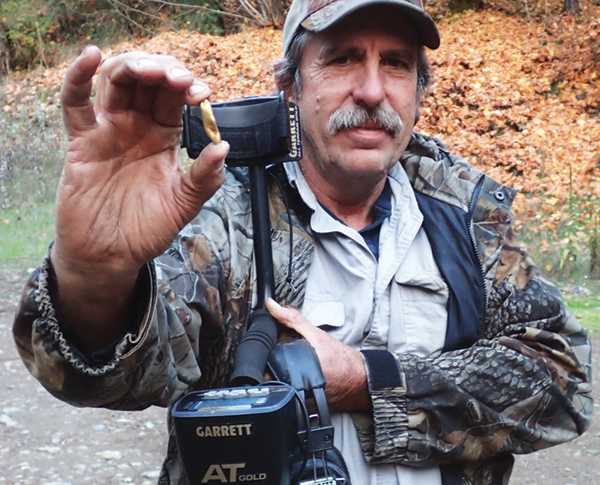
Let's delve into the details. Where are the major gold-bearing areas in Italy?
They are mainly concentrated in the northern regions such as Lombardia, Valle d'Aosta, and Piemonte. Piemonte is probably the richest region in gold, as evidenced by the presence of old mines now closed to extraction but open to the public for visits, a piece of history that is definitely worth knowing about. If you are fascinated by gold prospecting in Piemonte, we have talked about it extensively in this article.
But not only Northern Italy, besides the aforementioned regions, there is another region that must be mentioned: Tuscany.
Yes, in addition to its unique natural beauty, art, and gastronomic excellence, Tuscany also boasts a significant history of gold extraction. Many river areas in this region are still frequented by gold prospectors with metal detectors, and there are numerous anecdotes circulating about it. If you want to learn more about gold prospecting with metal detectors in Tuscany, we discussed it extensively in this article.
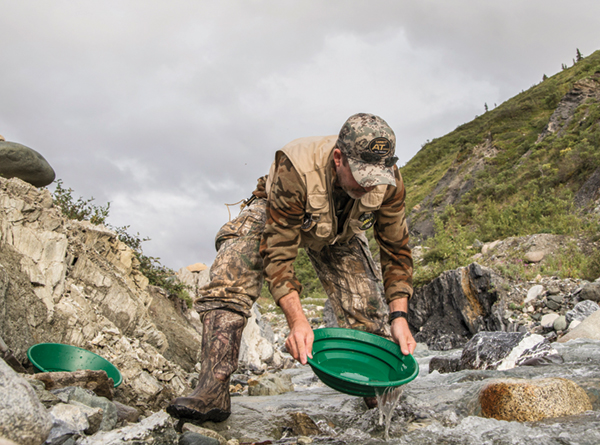
But what equipment is needed to search for gold?
Gold prospecting is an exciting hobby, but it's important to have the right equipment to improve the chances of success. In the gold prospector's arsenal, the following items are absolutely essential:
- Gold Metal Detector: The primary tool that every gold prospector, whether expert or novice, must possess. There are many models, but only some are specifically designed for gold prospecting. Our expert has discussed them in detail in this article, which also includes an explanatory video, definitely worth watching.
- Gold Panning Sieve: Essential for separating lighter materials from heavier ones, including gold flakes.
- Classifier Sieves: These are sieves with different mesh sizes, indispensable for separating larger debris from smaller sediments, where gold is found.
- Shovels and Picks: Essential, the former for collecting material samples for examination, the latter for breaking rocks or compacted soil.
- Sluice Box: This is a proper canal that utilizes water flow to trap small gold nuggets.
If you want to deepen your knowledge about the characteristics that a gold metal detector must possess, we also suggest taking a look at this article by our experts.
Some gold prospecting products
Garrett AT GOLD
Gold Pan Kit
Gold Kruzer metal detector
In conclusion, we can affirm that gold prospecting in Italy is certainly less widespread than in other parts of the world but is growing rapidly among enthusiasts. However, remember that gold collection is often regulated by environmental laws, often at the local level, and is subject to specific authorizations. Therefore, before undertaking any extraction activity, it is important to inquire and obtain the necessary authorizations from the competent authorities.
What should a gold metal detector be like? Watch the video...

